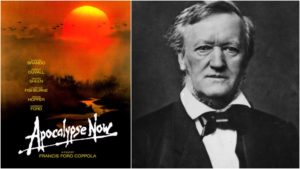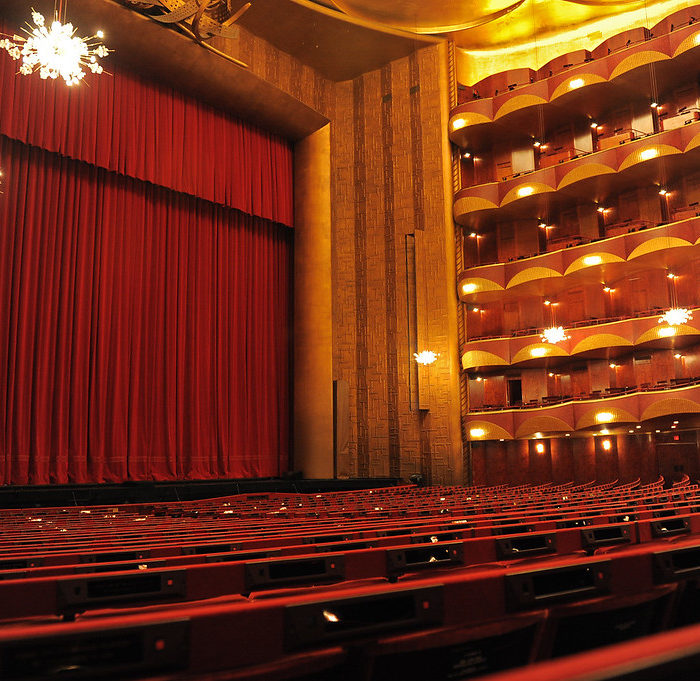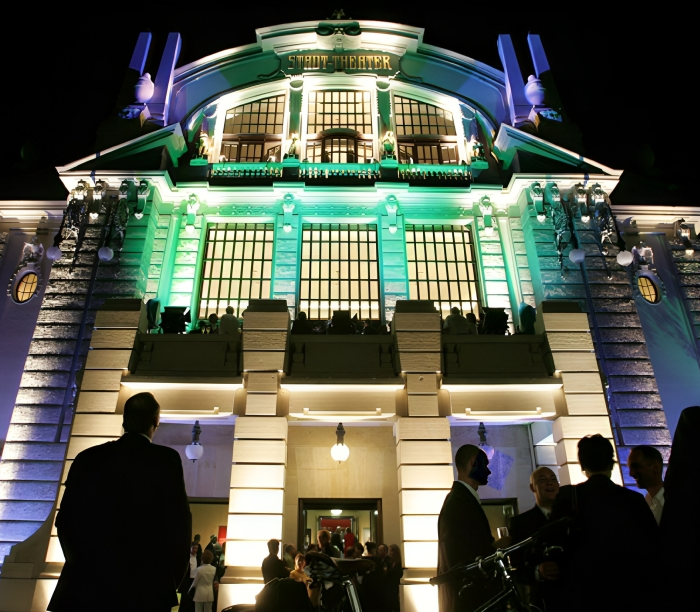
Opera Meets Film: How Wagner’s ‘Ride of the Valkyries’ Exposes Moral Corruption, Not Heroism, of American Forces in ‘Apocalypse Now’
By David Salazar“Opera Meets Film” is a feature dedicated to exploring the way that opera has been employed in cinema. We will select a section or a film in its entirety, highlighting the impact that utilizing the operatic form or sections from an opera can alter our perception of a film that we are viewing. This week’s installment features Francis Ford Coppola’s Apocalypse Now.”
One of the most famous instances of an operatic passage being used in film is from Francis Ford Coppola’s “Apocalypse Now.”
In some ways, Wagner’s “Ride of the Valkyries” is seared into popular consciousness thanks largely to that two-and-a-half minute clip that pits the famed battle cry with the destruction of a Vietnamese City by US choppers.
Musical and Visual Heroism?
On first glance, it is a moment of cinematic brilliance, Wagner’s imposing score combining wonderfully with the visuals to emphasize the military dominance of the American forces. The cries of “Hoyotoho” sound in the background as we see the helicopters approaching the village from afar, their vocal ascensions growing more and more intense as the helicopters grow closer. And then as the group of sopranos hit their high notes in unison, the first missile is fired over Wagner’s orchestral invocation of the main theme.
From there it repeats and repeats as the US troops continue blowing up the villagers around them, the day won from them as it is for the Valkyries of Wagner’s opera.
Yes, on the surface, it is a musical means of emphasizing the power and grandiosity of the military force from the US in Vietnam.
But we all know how that tale ends. In madness and embarrassment, as the rest of the film ultimately explores and expresses.
Wrong Side of History
And because of this, we can’t just look at Coppola’s choice of music and see it as just a sign of power. We can’t just see it as congratulatory to the American forces either.
And while I could talk about Wagner and his association with Nazi Germany, I won’t. I will actually look at something more American.
D.W. Griffith’s “Birth of a Nation” was the first major example of the use of this famous passage in a film. In his case, he showcases the music to accompany a heroic battle in which the Ku Klux Klan comes to save a village from black soldiers. Viewed through a modern lens, this sequence is racist and, quite frankly, horrific to watch. There is nothing heroic about the music and what it supports.
Coppola’s alignment here of music and film serves as a means of bridging the two scenes of violent raids on villages by “morally righteous” American armies. Instead of emphasizing the heroic nature of the US forces in “Apocalypse Now,” we are asked instead, to consider whether the actions in Vietnam might not be as cruel as those explored in Griffith’s film?
While Griffith wrongly believes that he is depicting true heroism, Coppola’s revision in his own film makes no mistake about how he views the actions in both cinematic works – and he is not seeing the US forces as being on the right side of history in either case.
The irony of all this (and the directors maybe didn’t anticipate that mainstream movie audiences would pick up on it) is that the heroic Valkyries that we see at the start of Act 3 cower in fear a few moments later when their father Wotan appears.
They don’t appear so potent any longer.


